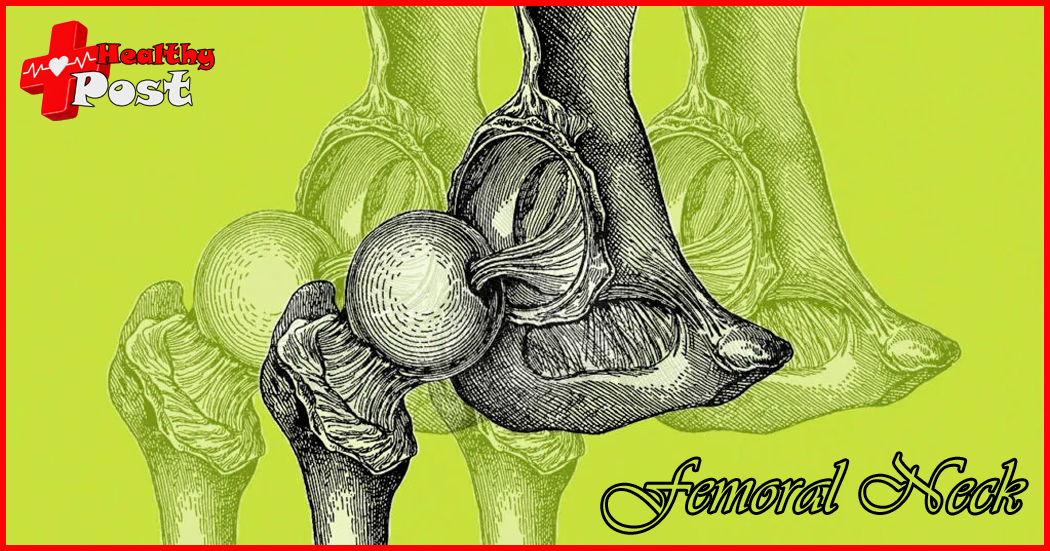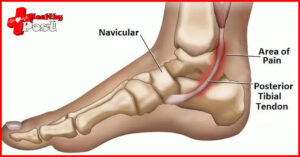
After a fall, how do I know that my femoral neck is fractured?
Femoral neck fractures most often occur when falling, especially for the elderly. This type of fracture carries huge risks, with a mortality rate of up to 30% within one year. Therefore, it is called the last fracture in life. Some patients believe that after a femoral neck fracture, they will Severe pain or inability to move the lower limbs is not the case. If an impaction fracture occurs, the broken ends on both sides of the fracture are inserted into each other and can basically remain stable.
The patient can still walk at that time. If caught early, doctors may be able to save the femoral head and prevent further problems. If discovered late, the condition worsens and the patient suffers from avascular necrosis of the femoral head and pain when walking. Elderly people have an increased risk of complications due to long-term inactivity, which may lead to bedsores, thrombosis, pneumonia, etc.

Where is the femoral neck?
The femur is what we often call the thigh bone. It is not straight, but turns around to form an elbow. The end of the elbow is called the femoral head, which is inserted into the hip joint socket. The corner is the femoral neck. , the length is about 4-5 cm. It is the weakest part of the thigh bone and is also a weight-bearing place. It is easily broken by a fall or impact, and it is not easy to recover after a fracture, because a fracture of the femoral neck will damage the blood supply, leading to fracture, resulting in avascular necrosis and eventual collapse.

What are the signs of a fracture?
Symptoms of a hip fracture after a fall may include:
- Accident, where the fracture was preceded by an accident, such as a fall or a blow to the side.
- Pain. Most patients have severe pain. They can feel pain in the thighs, outside of the buttocks, pelvis and groin area. The pain can radiate from the buttocks down to the legs. Some patients feel knee pain, but a few patients have mild pain.
- Inconvenience in movement. Most patients cannot stand or walk. A few people can still bear weight on their legs and walk at first glance, but they cannot actively lift their legs. The pain and deformity may not be obvious at the time because the ligaments and muscles of the injured area hold the bone fragments together. .
- Body changes, the buttocks (hips) may be bruised, and one leg may appear shorter than the other. The affected limb shows signs of external rotation.
It is important to note that fractures are more likely to occur in older adults with osteoporosis, possibly from less severe falls or sudden turns, such as while walking or standing up from a stool.
Is surgery necessary?
Most femoral neck fractures require surgery, but patients with minor fractures and not serious displacement, such as impaction fractures, may be treated conservatively, including lower limb traction or wearing T-shaped shoes, and taking drugs to promote fracture healing. Calcium supplement, etc.
If the fracture is severely displaced and close to the lower part of the femoral head, this position can easily cause femoral head necrosis, and surgical treatment is necessary. Depending on the patient’s age and health, total hip replacement or hemi-hip replacement (femoral head replacement) can be performed. Replacement), age is not the only factor in deciding joint replacement. For elderly patients with no obvious osteoporosis, good bone quality, and no displacement near the base, minimally invasive surgery with cannulated screw internal fixation may also be considered.

Who recovers quickly?
- According to the location of the fracture, femoral neck fractures are divided into three types: subcapital type, transcervical type and basal type. The closer the fracture is to the femoral head, the more it will affect the blood supply, leading to osteonecrosis. If the nerve is also damaged, Or blood vessels, the recovery will take longer, otherwise the recovery will be faster.
- People with a high overall health level will recover faster if they get off the ground sooner after hip surgery. This shows that the overall health level is higher. If you can get down and walk within one or two days after the joint replacement surgery, it will speed up the healing process and Effectively reduce the risk of complications.


One thought on “After a fall, how do I know that my femoral neck is fractured?”